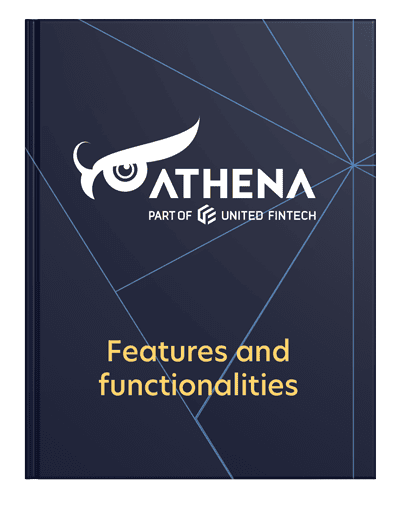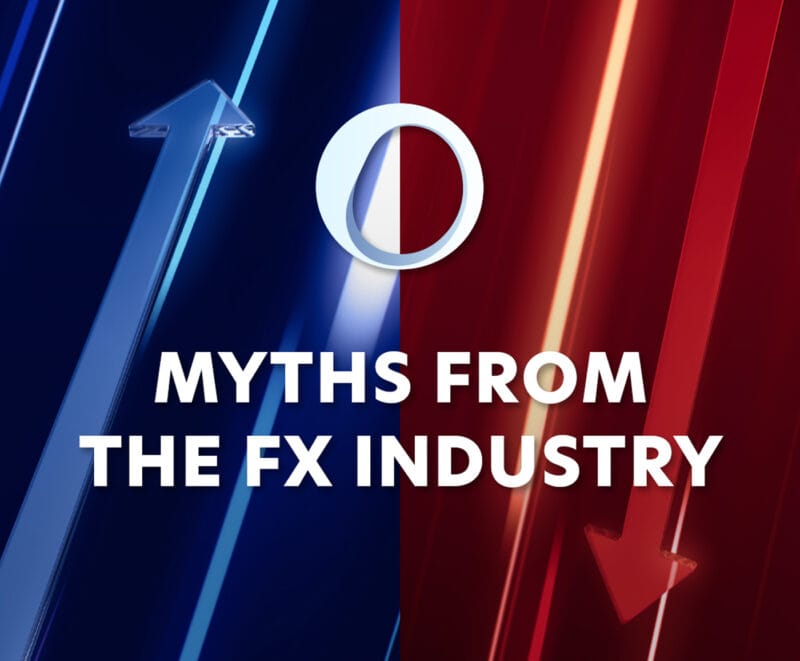If the jargon surrounding options trading is all Greek to you – take heart! That’s not entirely a bad thing. Just four words – delta, gamma, theta, and vega – will actually get you pretty far. These four words measure risk. They’re called the option Greeks and they can really boost your trading profitability.
Why do traders need to gauge risk with options?
Option prices are influenced by many factors that can impact the outcome of your trade. Options are typically all about hedging against risk, although options also suit speculators and those looking for income.
In any type of trading, risk is gauged and minimized in a (hopefully) profitable trade that will pay you a nice return. Options contain a fixed price, which allows you to hedge against stock price fluctuations, hence their mainstream recognition as a hedge.
That’s the simple, big picture, but seasoned traders know that there’s more detail to sort through to arrive at a point of profitability with options. Put differently, he who does no homework has but a short time to trade options, because, without careful analysis, the options market can be merciless to your trading kitty.
That’s where the Greeks come in, as they look at various aspects of a transaction to pinpoint underlying issues that can impact profitability. The Greeks deconstruct the various factors that might influence an option’s price; volatility, price movements in the underlying security, and time-value decay.
If you’re going “Huh?” right now-don’t worry! These concepts will be clear when looking at each Greek below. First, let’s take a look at how options contracts function.
TTMzero provides a wide variety of key figures and risk indicators for retail investment instruments in real-time.
Learn more about Key Figures and Risk Indicators
Understanding how options contracts work
Options are contracts that grant the buyer or seller (you) the right to thus trade the underlying asset at a fixed price, by a fixed date.
An option, or an option contract, is typically employed to hedge against potential losses in your portfolio. In other words, their broad purpose is to provide some compensation against dips in other investments you might have. Of course, looking at whether an asset’s price will go up or down is very attractive to speculators too.
There are two option contract types. Call options are contracts that allow buyers to purchase the underlying asset at a fixed price and within a certain time. Similarly, a put option grants the right to sell the asset at a predetermined price, also on or before a predetermined date.
Options are short-term trades for the purposes of staying ahead of the markets. For example, if you think an asset’s price is in for a correction within the next few weeks, you’d buy a put option to anticipate that.
In or out of the money?
With certain variables fixed, it comes down to gauging what the underlying asset will experience within the time frame of the contract.
Moreover, you can sell options contracts (known as writing an option). The option’s premium (price) moves both up and down during its time frame, as it constantly reflects the possibility of declaring a profit before expiry.
Options are either in the money or out of the money. That means that at any given moment, the asset supporting the option can be trading higher or lower than your purchase price (called the strike price). If the current market value is higher than your strike price, you’re in the money. If it’s lower, you’re out of the money.
You have no obligation to exercise options, and options that are out of the money at the expiration date simply expire as worthless.
Option pricing models allow the option premium to fluctuate, which is why the Greeks are generally employed while looking at the pricing model to identify and estimate the possible risks of the trade. The Greeks aid traders in projecting the likely changes in an option’s price.
Using the Greeks when trading options
The four heavyweight Greeks are theta, delta, gamma, and vega. When someone says, “Look at the Greeks!”, these four evaluations are what they mean. There are other lesser Greeks too, but once you’re au fait with the Big Four, you’ll easily see where the rest fit in and whether or not they’re a consideration when buying a particular option.
Although theta is considered by many traders the crucial Greek, looking at them alphabetically, we’ll start with delta.
Delta
Delta gauges the rate at which an option price moves when the underlying stock moves one point upwards. The option’s price (premium) rises and falls based on the asset’s performance.
It stands to reason that a call option enjoys a positive interrelationship with the underlying asset’s price. The call option’s premium will rise as the underlying asset rises in price, assuming there are no complicating factors around the contract’s time frame or implied volatility ahead. If the asset’s price dips, so does the option’s price.
Put options therefore have a negative relationship with their underlying asset, and they dip in price when the underlying security’s price rises. Their price rises when the asset’s is falling. Delta is expressed in positive and negative values and is typically employed to try and figure out whether an option will be in the money at expiration.
Traders employ delta to gauge the directional risk of an option. In a nutshell, positive delta means traders adopt a positive (call/buy) approach to market, whereas negative deltas are triggers for negative (put/sell) assumptions.
As you familiarise yourself with delta, you’ll see that higher deltas are associated with high-risk-high-reward strategies. This is the realm of the speculator, whereas lower delta values are low-risk strategy indicators, usually pointing to a strong likelihood of a more realistic win at expiration.
How do you find a good fintech partner? We’ve put together a useful guide with questions that will help financial institutions assess a potential fintech partner and make the right choice.
Find it here
Gamma
An option’s gamma measures the rate of change in delta over time. Expressed as a percentage, gamma measures an option’s probable sensitivity to the delta. Gamma changes constantly, reflecting even small movements in the price of the underlying asset.
Remember that gamma values are high when an option is at the money (when the day’s spot price is the same as your strike price). Gamma values are low when an option is heavily in the money or out of the money. Put a little differently, when a call option is at the money, your strike price and the current share price are the same.
If two options share the same delta value, yet one option has a low gamma and the other a high gamma value, high gamma denotes higher risk. It implies that an option will be prone to volatile movements-not great for traders looking for sure wins.
Theta
Theta is the time decay Greek. For those who had hoped options were a simple up-down, buy and hold game, theta puts paid to that notion.
Theta is a measure of how much a contract decays each day over time. It’s an important measure as an option’s value is indeed eroded with time. The more time that passes, the lower the likelihood the contract will be in the money.
Time decay accelerates as a contract nears expiration, as the chances of an option being in the money grow slimmer, as less time is available to allow it to get there.
As soon as you buy an option, the clock starts ticking. This is lousy for buyers but good for sellers. Out of the money options will show high theta values when they’re also rated likely for high volatility. Theta is also usually highest with options that are at the money, as less time is required to secure profits from the underlying asset’s shift in price.
Theta can badly foul those going long with options, especially when implied volatility is also declining.
Vega
Vega, the last of the Greek pantheon! Vega is the measure of an option’s sensitivity to volatility. Implied volatility is an estimation of an asset’s forward volatility.
Is gold going to be shaken around by traders, making for lots of volatility? Gold option prospectors, for example, will then want to utilize the vega metric to figure out whether they have an appetite for the likely scenarios predicted.
As fixed as your strike price and duration might be, lots can happen in a day’s trading. Vega is most usually employed when you’re pricing options.
Vega gauges the rate of change of the option’s price in relation to volatility. Many a novice call trader has been saved by vega. After getting this Greek in their corner, it becomes apparent that the likely volatility ahead for the underlying asset will ruin their ability to be in the money at or before expiration.
Delta measures the price changes, whereas vega looks at the shifting expectations for volatility in the near future. Remember that vega can rise or fall without the underlying asset’s price rising or falling, as it deals with implied volatility.
Other members of the Greeks family
There are minor Greeks to consider too, such as lambda, vomma, ultima, epsilon, and zomma. These measures are further refinements pertaining to an option’s pricing model, and once the Big Four are clear in application, you will employ the minor Greeks to gauge more subtle considerations of a trade.
It’s worth noting that the minor Greeks are jostling to join the VIP lounge, rapidly becoming standard considerations as trading is automated evermore. Indeed, it’s likely that an entire army of Greeks will become standing troops once AI starts to find more dynamic applications in the trading arena.
In summary, the Greeks give more legitimate measurements of any option’s risk level and the likelihood of rewarding a trader. When trading options, knowing how much money you’re risking in the trade isn’t enough. The Greeks allow you to figure how sensitive any option might be to price and volatility fluctuations, as well as factoring in the passing of time.
Calculating the Greeks with United Fintech
Using the Greeks to measure and map out an option will eliminate real no-hopers. They’ll also enable you to peg a higher profitability in options trading, an arena where all relevant intel is very welcome.
TTMzero, one of United Fintech’s portfolio companies, produces around 100 real-time key figures for millions of financial instruments. These key figures are precise indications of the risk and return probabilities of the financial products listed and include highly sophisticated ones such as the Greeks, maximum yield probability, barrier hit probability, etc.
Learn more about TTMzero’s Key Figures and Risk Indicators and how they give investors a powerful advantage in their trading strategies at all times or schedule a call with us today for more information.














